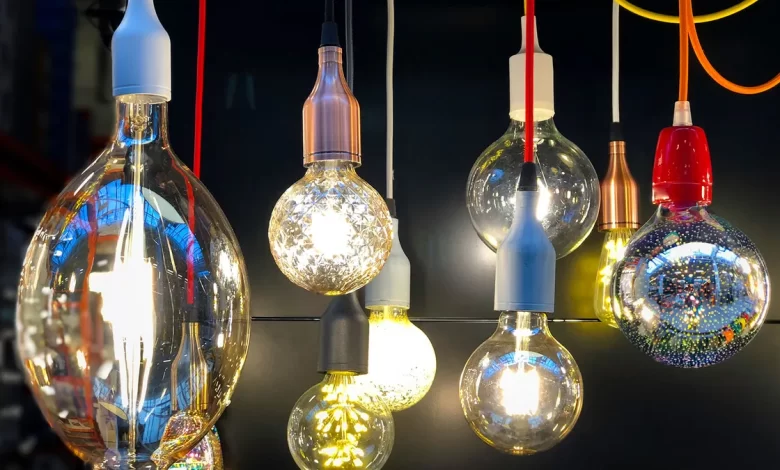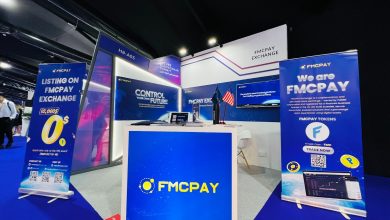Exploring the Differences Between Fluorescent Tubes and LED Tubes

Introduction:
In the ever-evolving landscape of lighting technology, two contenders have long vied for supremacy in commercial, industrial, and residential spaces: fluorescent tubes and LED tubes. Both technologies have illuminated our lives for decades, but as the demand for energy efficiency and sustainability grows, the debate between fluorescent tubes and LED tubes gains new significance. In this comprehensive exploration, we’ll delve into the differences between these two lighting options, examining aspects such as energy efficiency, lifespan, environmental impact, and overall performance.
1. Technology Behind Fluorescent Tubes:
Fluorescent tubes have been a staple in lighting design since the mid-20th century. The technology behind these tubes involves a gas discharge process. When an electric current passes through mercury vapor in the tube, it generates ultraviolet (UV) light. This UV light then interacts with phosphor coating inside the tube, producing visible light. While fluorescent lighting brought about significant improvements over incandescent bulbs in terms of energy efficiency, it has some limitations that have become more apparent in the era of LED technology.
2. LED Tube Technology: A Semiconductor Revolution:
LED, or Light Emitting Diode, technology represents a more recent and revolutionary development in lighting. Unlike the gas discharge process in fluorescent tubes, LEDs utilize semiconductors to emit light. When an electric current is applied to the semiconductor material, it releases energy in the form of photons, producing visible light. This direct conversion of electrical energy into light is one of the key factors that contribute to the efficiency and longevity of LED fluorescent lights.
3. Energy Efficiency: LED Takes the Lead:
One of the most significant differences between fluorescent tubes and LED tubes lies in their energy efficiency. LED tubes are renowned for their exceptional energy efficiency, consuming significantly less power than their fluorescent counterparts. Traditional fluorescent tubes lose a notable portion of their energy as heat, making them less efficient in converting electricity into visible light. In contrast, LEDs produce very little heat, directing the majority of energy towards generating light. This efficiency not only results in cost savings but also aligns with the growing emphasis on sustainable and eco-friendly lighting solutions.
4. Lifespan: LED Tubes Outshine Fluorescents:
The lifespan of a lighting source is a crucial factor in evaluating its overall cost-effectiveness and environmental impact. LED tubes excel in this regard, boasting an impressive lifespan that far surpasses that of fluorescent tubes. While fluorescent tubes typically last around 10,000 to 15,000 hours, LED tubes can shine for 50,000 hours or more. This longevity translates into reduced maintenance costs and fewer replacements, making LED tubes a compelling choice for those seeking durable and long-lasting lighting solutions.
5. Instantaneous Light Output: LED vs. Fluorescent:
When it comes to the speed at which light is emitted upon turning on, LED tubes have a clear advantage. Fluorescent tubes generally exhibit a brief delay before reaching full brightness, especially in colder temperatures. On the other hand, LED tubes provide instantaneous illumination, making them an ideal choice for applications where immediate and consistent light output is essential, such as in retail spaces, offices, or industrial settings.
6. Color Rendering: LED Precision vs. Fluorescent Variability:
Color rendering refers to the ability of a light source to accurately represent the colors of objects compared to natural light. LED tubes are known for their precise color rendering capabilities, allowing for more accurate and consistent color representation. Fluorescent tubes, while providing acceptable color rendering, can exhibit variability and a potential for color shifting over time. For applications where color accuracy is critical, such as in art studios or retail displays, LED tubes offer a superior solution.
7. Dimming Capabilities: LED’s Smooth Performance:
Dimming capabilities in lighting are valued for their ability to adjust the ambiance of a space and save energy when full brightness is not required. LED tubes offer smooth and efficient dimming, allowing users to customize the light levels to their preferences. Traditional fluorescent tubes, while capable of dimming, may exhibit flickering, uneven illumination, or limitations in dimming range. LED technology’s superior dimming performance contributes to its versatility in various lighting scenarios.
8. Environmental Impact: LED Lights the Way to Sustainability:
As environmental consciousness continues to shape consumer choices, the environmental impact of lighting technologies is a critical consideration. LED tubes are inherently more eco-friendly than fluorescent tubes. They contain no hazardous materials, such as mercury, which is present in fluorescent tubes and poses disposal challenges. Additionally, LED technology’s energy efficiency contributes to a lower carbon footprint, aligning with the global push towards sustainable and responsible lighting practices.
9. Directional Lighting: LED’s Precision Focus:
LED tubes are inherently directional light sources, meaning they emit light in a specific direction without the need for reflectors or diffusers. This directional capability allows for more precise light distribution, reducing wasted light and improving overall efficiency. Fluorescent tubes, in contrast, emit light in multiple directions, requiring additional components to redirect and control the light output. LED technology’s inherent directionality contributes to its efficiency and adaptability in various lighting applications.
10. Cost Considerations: Long-Term Savings with LEDs:
While the initial cost of LED tubes may be higher than that of fluorescent tubes, the long-term savings in energy consumption, reduced maintenance, and extended lifespan make LED tubes a cost-effective investment. As LED technology continues to mature and become more widely adopted, the price gap between LED and fluorescent tubes is narrowing, making the transition to LED a financially sensible choice for many lighting applications.
Conclusion:
In the dynamic landscape of lighting technology, the choice between fluorescent tubes and LED tubes hinges on various factors, from energy efficiency and longevity to environmental impact and overall performance. LED tubes emerge as the frontrunners, offering superior energy efficiency, an extended lifespan, precise color rendering, and a host of other advantages. As the lighting industry advances, LED technology continues to redefine the way we illuminate our spaces, setting new standards for sustainability, efficiency, and the quality of light we enjoy in our homes, offices, and commercial environments.




